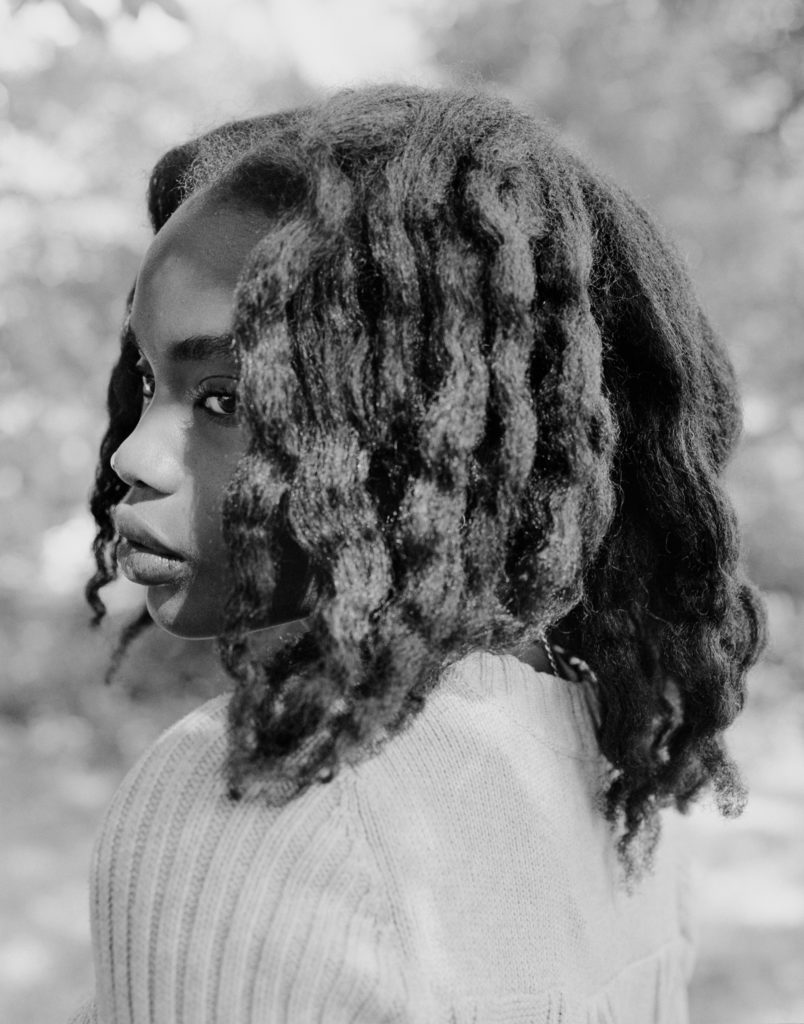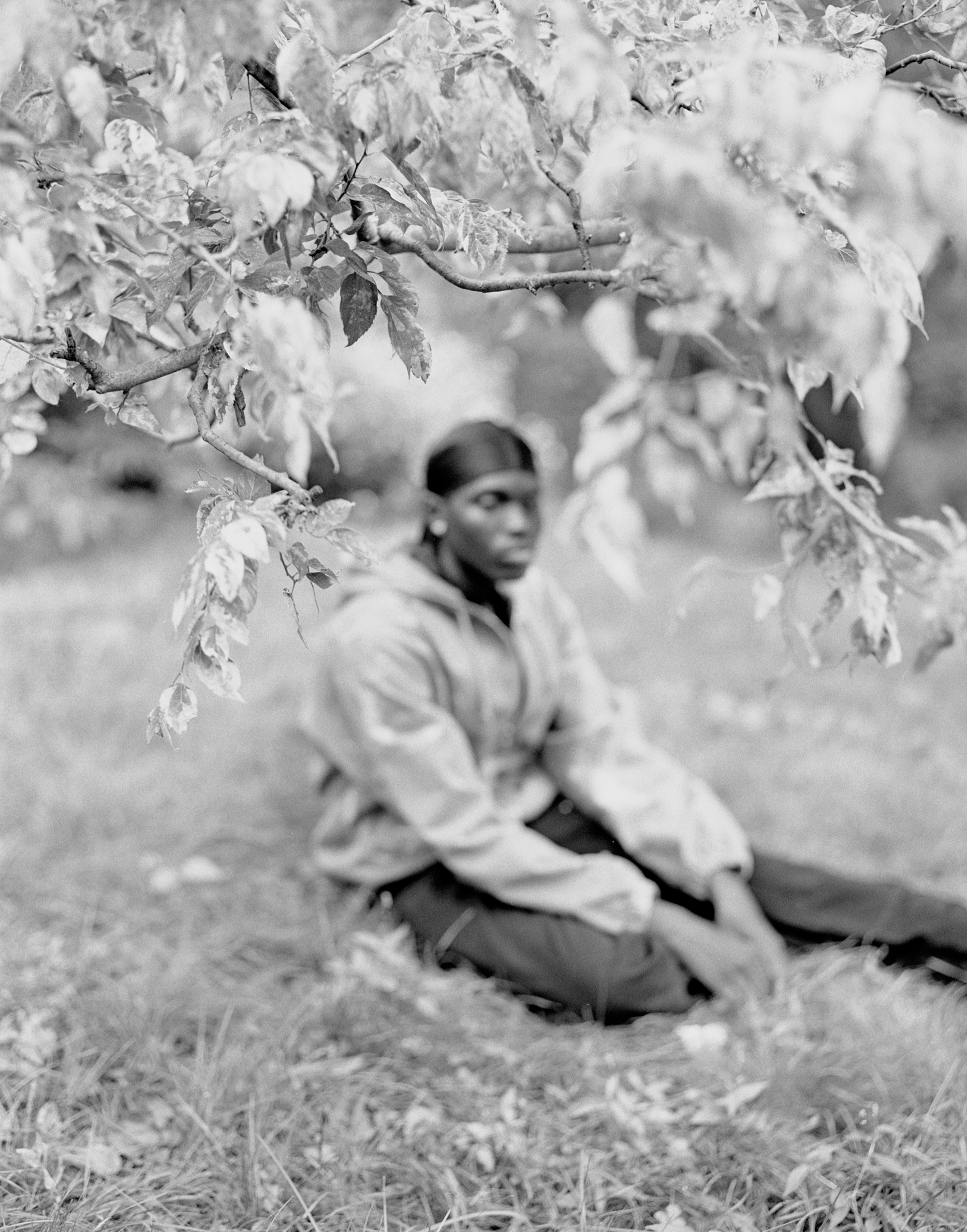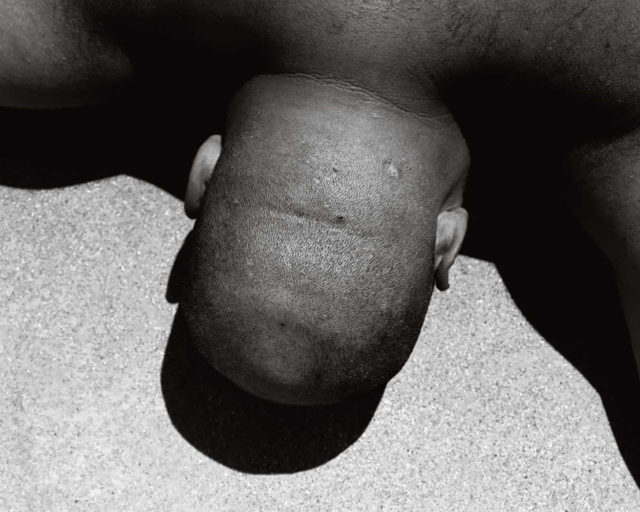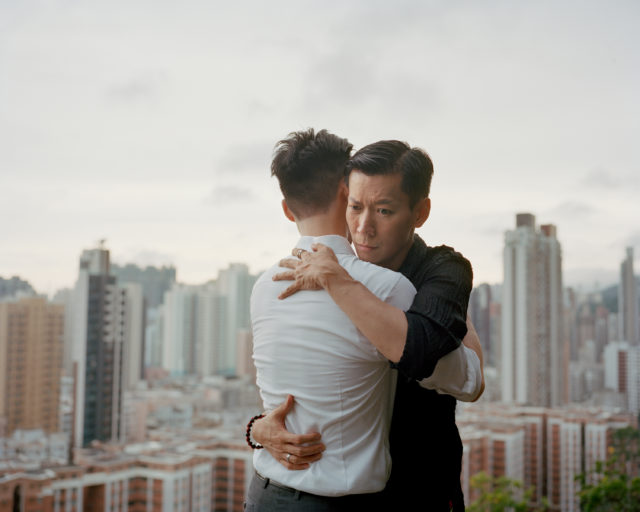Donavon Smallwood, Untitled, 2020, from the series Languor
There has been increased foot traffic in public spaces over the past year. As the pandemic set in, with lockdown restrictions put in place, loosened, and then put in place again, people turned to their parks as an easy salve: a place to work out, take a socially distanced walk with friends, and even cruise. For some, the pandemic marks the beginning of their relationship with the outdoor spaces in their vicinity—providing an opportunity to get out and get fresh air beyond the four walls that have boxed in their Zoom calls. For others, the connection goes back much further.
For much of his life, Donavon Smallwood found respite in New York’s Central Park. It has been his stomping grounds, of sorts, a short walk from where he lives in East Harlem. “Growing up, basically whenever we weren’t inside playing video games, we would go to the park and hang out,” he says. Friends, girlfriends, classmates, all came along. Smallwood had favorite spots by the Ravine, an area featuring small waterfalls and hiking trails. But when Smallwood watched The Lost Neighborhood Under New York’s Central Park, an eight-minute documentary released on Vox in 2020, that relationship changed.
The short video tells the story of Seneca Village, a community, started in the 1800s, of mostly Black folks who lived on some of the land now occupied by Central Park. In the mid-nineteenth century, when their land was being claimed for Central Park’s creation, the Seneca Village community was belittled, mischaracterized, and bulldozed in favor of breaking ground for a public space. “It was so interesting that this place that I’d been coming to, that had been like a second home for me, was a literal home that was stripped from people and turned into this nature space that I was enamored with,” Smallwood says.
In his series Languor (2020), Smallwood, who studied documentary film and English literature at Hunter College, contends with ideas, he says, about “what it means to be Black and losing your home to nature” as well as the idea of Black tranquility. In essence, it’s a project depicting Black folks at rest, just being.

History is rife with Black people and communities that have had their mere existence questioned, attacked, or negated, as was the case of Seneca Village. Often clips on Instagram and YouTube of Black folks doing nothing more than sharing their lives, laughing, and joking go viral. But on the other side of that coin, just as many viral videos depict Black folks having the authorities called on them, or in some other way being made victims of harassment for shopping, bird-watching, and many other unremarkable activities. Within this duality, Smallwood began a photographic investigation, attempting to divorce his sitters from either narrative.
“When you see Black people just being themselves, that’s what the art is,” Smallwood says of his project, which he hopes to turn into a book in the future. “Just existing in the park. Or on TikTok, if you go through the viral sounds, it’s all Black people in their daily lives. It’s a sound that has a million people using it, and it’s some guy walking into a room with his daughter and saying, ‘Surprise, shorty. Look what I got you.’” So within his second home with its dark history, the self-taught photographer, who has long nursed an interest in anthropology and archaeology, made a series of portraits devoid of pretension.
Those featured in the photographs were mostly cast either in the park, where Smallwood photographed daily, or from online sites, from Craigslist to Facebook and Instagram. “Part of this project was about just being, about not having to put on anything fake, or being too enthusiastic, or being too happy, or being too sad,” Smallwood says. To preempt participants’ urges to don their Sunday best or put on appearances, and to bring authenticity into the frame, Smallwood often asked them to wear looks he had previously seen them wearing in candid snapshots taken by their friends. There are no toothy, full-faced grins, no “Black boy joy” or “Black girl magic,” no vibrantly colored backdrops to signal exuberance. Instead, Smallwood used a medium-format film camera set on a tripod to create a more placid pace when making the images in Languor.
From YouTube and various online forums, Smallwood learned how to develop his own film—he’s only taken one high school class on photography in his life—and printed these images typically the night after shooting. Though he initially chose to make black-and-white photographs, since they were more economical, the limited palette became a way to focus on, he explains, the “mood of the images,” as opposed to potentially distracting backgrounds or clothing. The photographs in Languor are serene, awash in shades of gray, and invite the viewer to take a meditative moment, gazing into a leafy respite. Staring endlessly. Being.



Courtesy the artist
Donavon Smallwood (born in New York, 1994) is a self-trained photographer who grew up in a household that emphasized literature and deep engagement with the tradition of art. For him, photography—like all art and creation—is a communion with the divine; and he uses the medium as a means of exploring humankind, imagination, essence, and nature. Smallwood holds a BA from Hunter College, New York. His first monograph, Languor, is forthcoming in June 2021.
This article will appear in Aperture, issue 243, summer 2021.
Donavon Smallwood is the winner of the 2021 Aperture Portfolio Prize. His solo exhibition will be on view at Baxter St at the Camera Club of New York, July 21—August 25, 2021.


























